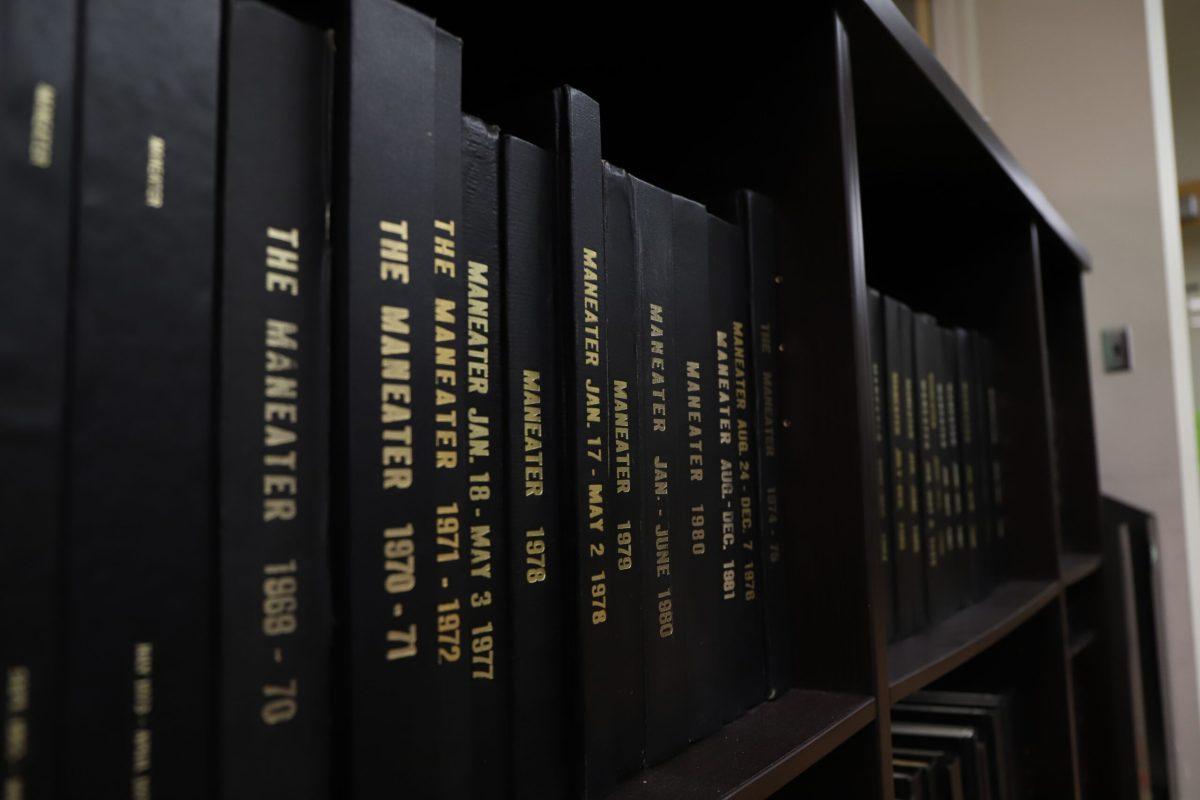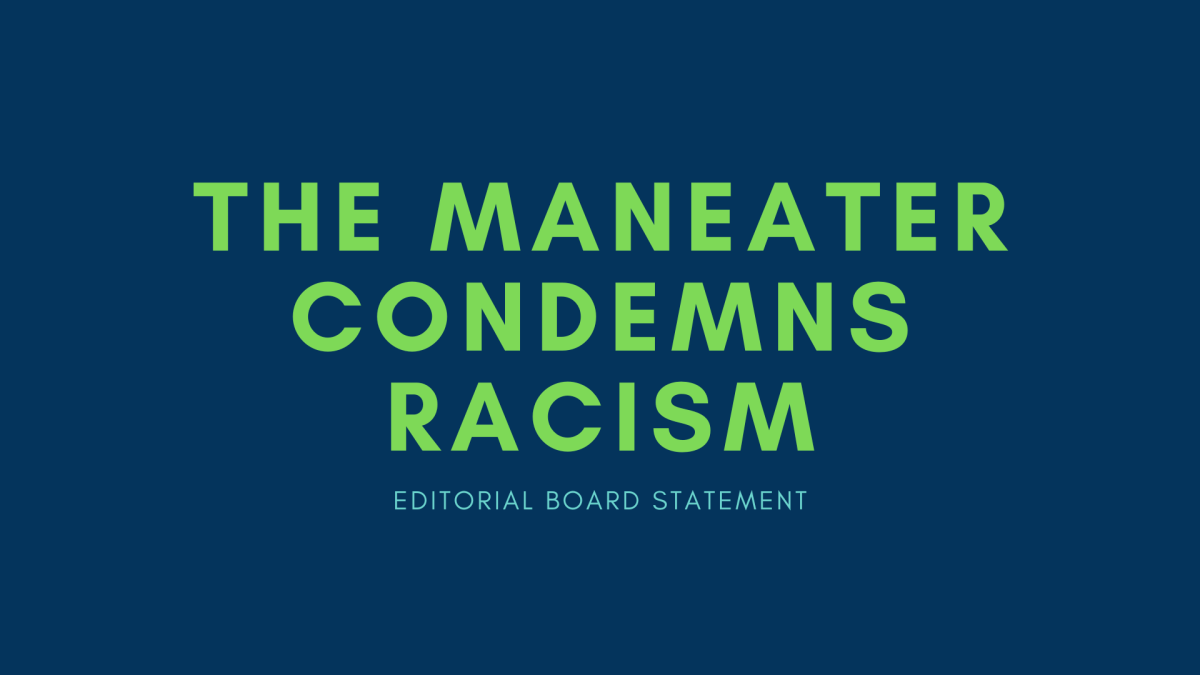In a Jan. 13 special session, the UM System Board of Curators discussed three possible search methods for the next UM System president. Out of three search methods — open, closed and hybrid — it’s clear to us that the hybrid search proposal is the most practical and effective of the three.
As stakeholders in the UM System, our natural inclination is to want complete transparency when it comes to high profile decisions like hiring a new system president. In addition to transparency, it’s important that this decision isn’t completely left to the Board of Curators and that students and faculty are able to influence the hiring process.
An earnest desire for transparency would ordinarily point toward a search process that is completely open, meaning that both candidate and committee conversations are made open to the public. However, when it comes to this type of hiring process, the drawbacks of an open selection process are too significant to ignore.
An open search would limit the pool of candidates to active candidates, meaning only candidates who are actively seeking out employment. Passive candidates, on the other hand, are those who are already employed but might be open to new roles elsewhere. An open search process would result in the names of potential candidates being made available to the public, which would both limit the number of candidates while also lengthening the search process as a whole.
This hiring process will be challenging enough as is without an additional challenge of needlessly shrinking the candidate pool in the name of transparency. At 12 months, the open search process would also require the longest timeframe of the three proposals.
The closed search process, albeit the shortest of the three, would be an equally foolish option. The absolute last thing the Board of Curators should be doing these days is deny its stakeholders any transparency in the process. In a closed search, the curators and the search committee would decide upon a final candidate without any feedback from stakeholder groups.
Luckily, the board is already steering clear of the closed option. A document detailing the different models pointed out that “adopting a completely closed search process is likely to generate considerable but understandable resistance by the communities.”
The proposed hybrid model is the best of both worlds, for lack of a better phrase. While the curators are still deciding on the logistics, here’s how we would like the search to look. In this process, candidate and search committee conversations could initially begin in a closed process to preserve the confidentiality of the prospective candidates, allowing for the pool to contain both “active” and “passive” candidates. Once a clear finalist or finalists are recommended by the search committee, their names are released and public forums are held to gather the opinions and criticisms of stakeholder groups.
These forums are the best way to engage stakeholder populations in this search without unduly limiting the candidate pool and lengthening the timeframe. Candidate confidentiality is a critical component in high-profile searches like this one, and the hybrid proposal preserves it.
The hybrid search process makes the most sense to us as an editorial board and we hope to see the Board of Curators opt for this option.










